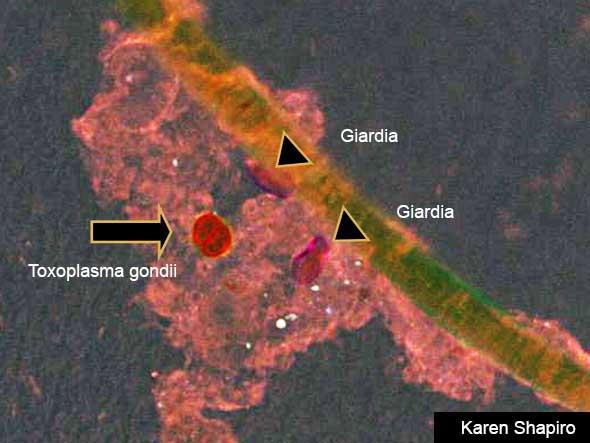In 2010, a team of marine scientists based in Woods Hole, Massachusetts, began dipping fine mesh nets into the sea in the middle of the North Atlantic. As each net skimmed the ocean surface, it amassed tiny plastic remains from far-off shores.
When the researchers viewed their catch under a scanning electron microscope, they discovered that these microplastics were teeming with life. Algae, protists, and bacteria all lived together on plastic specks. The study’s senior author, marine microbial biologist Linda Amaral-Zettler of the Marine Biological Laboratory (MBL), dubbed these rich communities of plastic inhabitants “the plastisphere”.
In a preliminary census, the team discovered one alarming plastisphere resident: Vibrio, a genus of bacteria that includes strains pathogenic to humans. At the time, the researchers couldn’t tell whether this particular Vibrio found thriving on a fragment of polypropylene was truly a threat. But Amaral-Zettler, now at MBL and NIOZ, the Royal Netherlands Institute for Sea Research, and her team recently analyzed its full genome and discovered genes known to underlie pathogenic behavior, including many seen in the Vibrio that causes cholera.
Indeed, it turns out that a host of potentially infectious disease agents can live on microplastics, including parasites, bacteria, fungi, and viruses.
This article continues on the PNAS website with much more information and SEM images.

